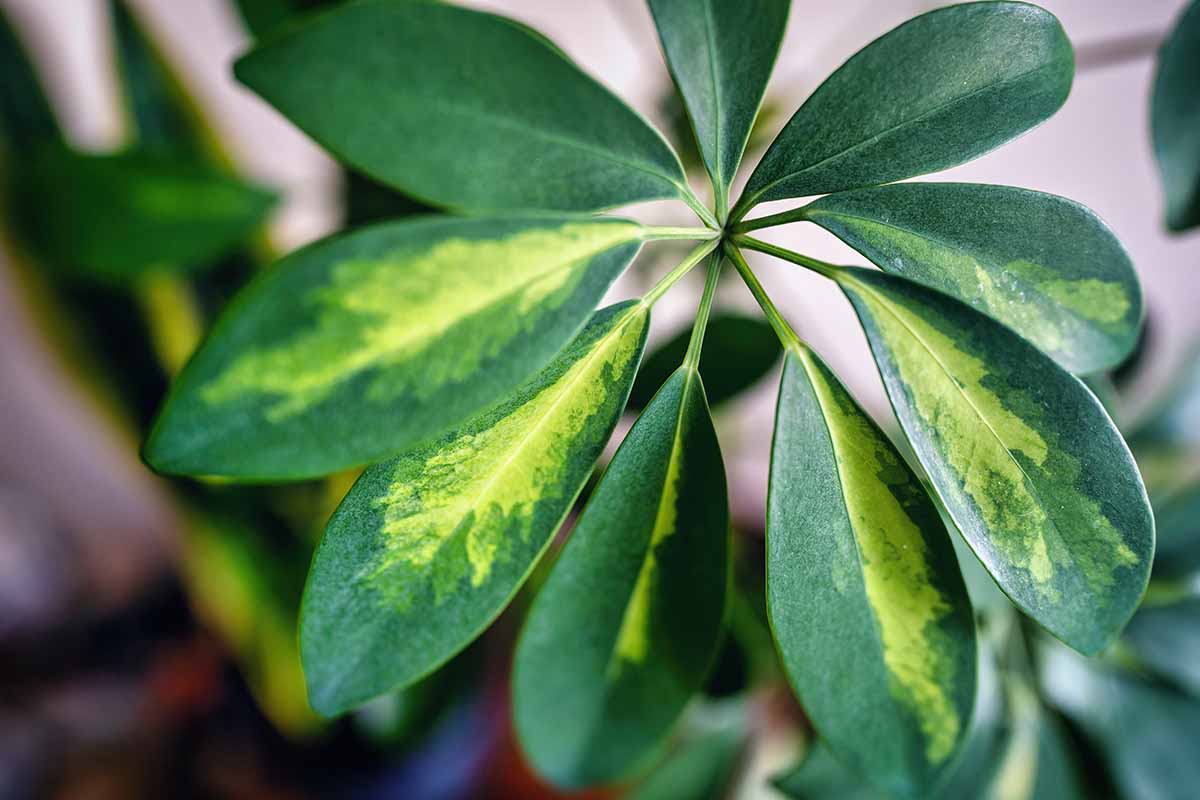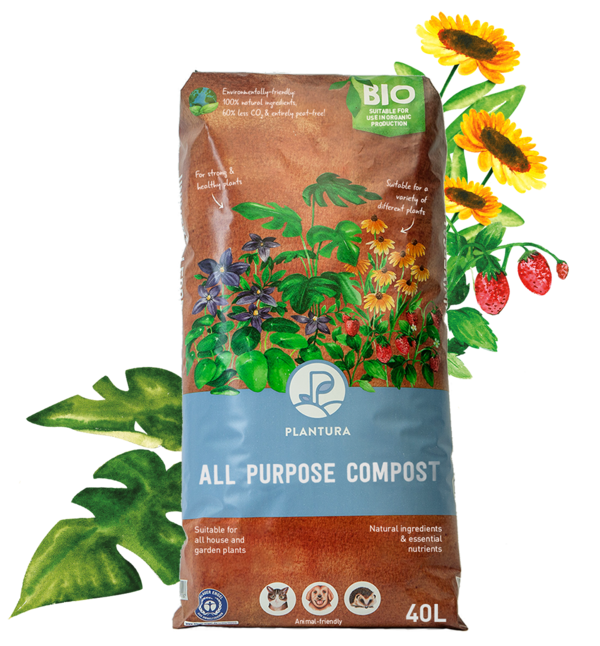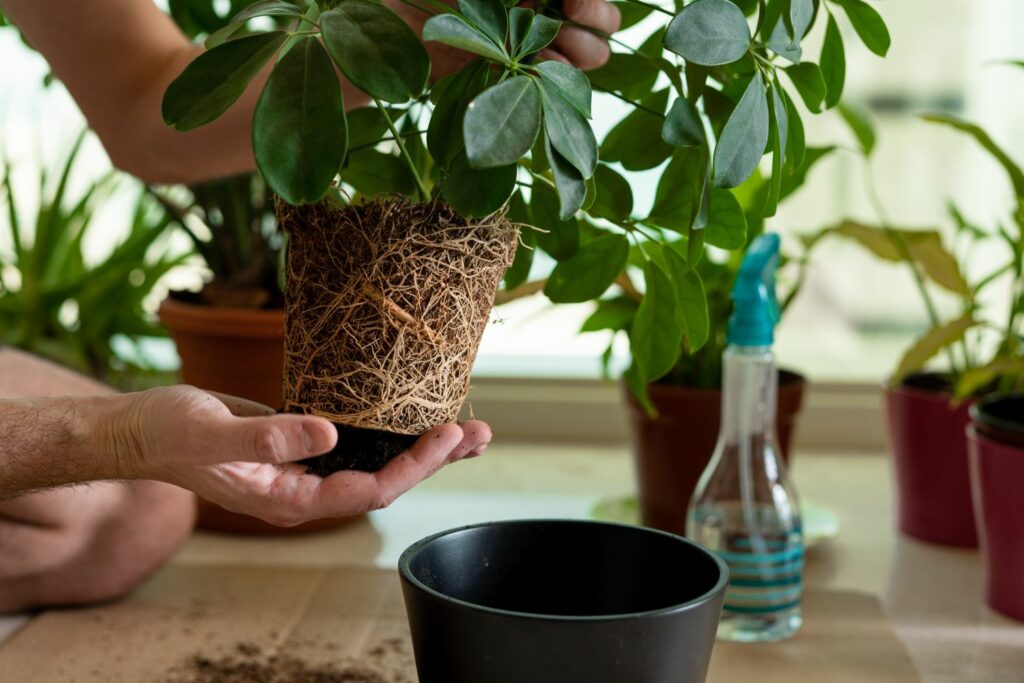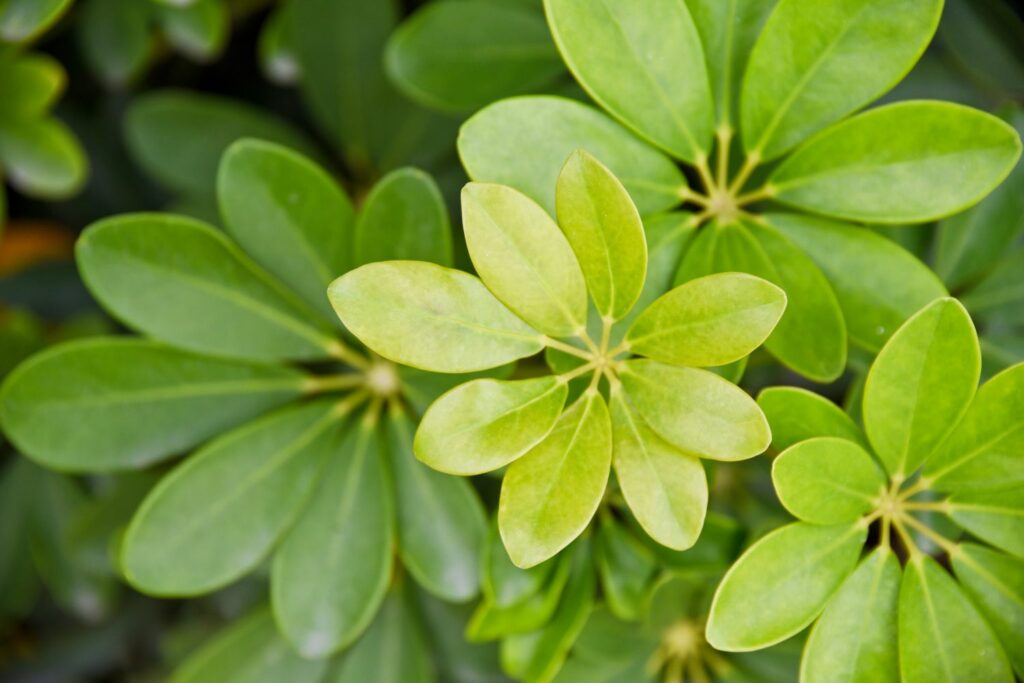The umbrella tree, also known as schefflera or umbrella plant, is a popular houseplant known for its glossy green leaves that radiate outwards from a central stalk resembling an umbrella Caring for an umbrella tree is relatively easy as long as you provide the right growing conditions. Here is a guide on everything you need to know about caring for an umbrella tree indoors
Light Requirements
Umbrella trees grow best in bright, indirect sunlight. Place them near an east or west-facing window where they will get plenty of light but be shielded from the intense direct rays of the sun Avoid south-facing windows as the light may be too intense. If the only spot you have gets direct sun, use a sheer curtain to help filter the light Too little light will cause weak, leggy growth.
Soil
Use a rich, well-draining potting mix for umbrella trees. Aim for a soil pH between 6.1-6.5. You can find specially formulated acidic potting soils made for tropical plants that will work well. Add some peat moss to regular potting mix to increase acidity. Proper drainage is key to prevent root rot.
Watering
Umbrella trees like consistently moist soil but dislike soggy, waterlogged roots. Only water when the top inch of soil becomes dry. This is usually every 7-10 days. Water thoroughly until it drains from the bottom of the pot and empty any water that collects in the saucer so the plant doesn’t sit in water. Indoor umbrella trees are prone to root rot if overwatered.
Temperature & Humidity
Umbrella trees require warm temperatures between 65°F and 80°F. Keep away from drafty areas as they dislike cold and fluctuating temperatures. Higher humidity is ideal between 40-60%. Place on a pebble tray or use a humidifier to increase moisture in the air. Mist the leaves occasionally.
Fertilizer
Feed with a balanced liquid fertilizer diluted to half strength every 2-3 weeks in the spring and summer during periods of active growth. Reduce to monthly in fall and winter. Slow release pellets formulated for foliage plants can also be used by incorporating into the soil at the start of spring.
Pruning
Prune to maintain shape and fullness as needed in early spring. Remove any dead or damaged growth. You can cut leggy shoots back by up to one third to encourage bushier regrowth. Disinfect pruners between each cut to prevent disease transmission.
Repotting
Repot young umbrella trees every year in the spring as they have rapid growth. Mature plants can be repotted every 2-3 years. Choose a pot one size larger and use fresh potting mix. Gently loosen root ball and trim any circled or tangled roots before repotting.
Propagation
Umbrella trees can be propagated from stem cuttings in spring or early summer. Take a 5-6 inch cutting from a healthy stem, remove lower leaves, and place in moist potting mix. Enclose in a plastic bag until rooted then transplant.
Common Problems
-
Dropping leaves – Due to stress from changes in environment, watering, or temperatures. Stabilize conditions.
-
Leggy growth – Insufficient light, move to a brighter location.
-
Leaf spotting – Usually from overwatering, allow soil to dry out between waterings.
-
Leaf yellowing – Overwatering or insufficient nutrients.
-
Mealybugs, spider mites – Treat with horticultural oil or insecticidal soap. Improve air circulation.
Tips for Success
-
Provide bright, indirect light and temperatures above 60°F.
-
Water thoroughly only when soil becomes dry to the touch.
-
Increase humidity by misting, pebble trays, or humidifiers.
-
Feed every 2-3 weeks during spring and summer with balanced fertilizer.
-
Repot annually when young into fresh, well-draining soil.
-
Propagate from stem cuttings for new plants.
-
Prune to maintain desired shape and fullness.
With the right care, umbrella trees make excellent long-lived houseplants with their lush, tropical foliage. Their multi-shaped leaves and graceful form add visual interest wherever they are placed. Just be sure to provide the proper cultural conditions and your umbrella tree will thrive indoors for years to come.

Repotting umbrella plants
Transplanting your umbrella plant to a larger pot with fresh soil in spring gives it a strong start to the active growth period. As Schefflera plants grow quickly, young plants usually need to repotting annually. We recommend repotting older umbrella plants every two to three years.
Prepare your umbrella plant’s new pot by adding a drainage layer and then a layer of soil. We recommend using a high quality soil, such as our Plantura Organic All Purpose Compost. This soil retains its structure for a long time, stores water well and gradually releases nutrients to the plant.

- Perfect for all your house, garden & balcony plants
- For strong & healthy plants as well as an active soil life
- Peat-free & organic soil: CO2-saving composition
To encourage your Schefflera to grow larger, choose a pot one size up from the last when repotting. To repot, carefully lift the plant out of its old pot, and remove the old soil from its roots. Cut off any rotten or dead parts of the roots. To limit the growth of your umbrella plant, cut back the roots a little more generously. Either way, be sure to cut back the shoots to the same degree that you trim the roots. The ratio of the plant’s roots to its crown must be balanced so that the roots can effectively support the crown. Once trimmed, put the Schefflera in its new pot, and fill the pot with soil.

Pruning umbrella plants
If your Schefflera gets too big, it can be cut back without a problem. The best time of year to prune umbrella plants is in spring, but it is also possible to prune later in the year. That said, we explicitly advise against pruning umbrella plants during the winter months. When pruning, remove crooked, leafless or troublesome shoots. Always cut just above a node or branch fork. If the cutting is healthy, you can go ahead and use it to propagate your Schefflera.
Schefflera branching: To encourage bushier growth, shorten the shoot ends to the desired height. Your umbrella plant will sprout more shoots from where the cut was made, which will give your plant a fuller look.

Umbrella Plant Care for Beginners! Schefflera Light, Watering, Soil, & More!
FAQ
How do you care for an indoor Umbrella Tree?
- Schefflera requires indirect, bright light. …
- Requires warm temperatures above 60°F at all times.
- Thrives in a rich, well-draining, acidic potting soil.
- Feed twice weekly during the growing season.
- Give water only when the soil dries out to prevent overwatering.
How often should I water my Umbrella Tree?
- Watering frequency:
- Let the soil dry out between waterings.
- Water thoroughly when you do water, ensuring the soil is saturated.
- Avoid overwatering, as this can lead to root rot.
- Let the soil dry out between waterings.
- Signs of overwatering:
- Yellowing or browning leaves.
- Drooping leaves.
- Stinky soil.
- Yellowing or browning leaves.
- Signs of underwatering:
- Crispy or dry leaves.
- Drooping leaves.
- Stunted growth.
- Crispy or dry leaves.
- Watering methods:
- Top watering: Pour water over the soil until it drains out the bottom.
- Bottom watering: Place the pot in a tray of water and let the plant absorb water from the bottom.
- Top watering: Pour water over the soil until it drains out the bottom.
- Other care tips:
- Light: Umbrella trees prefer bright, indirect light.
- Humidity: They appreciate slightly higher humidity, so consider misting the leaves or placing the plant on a tray of pebbles and water.
- Temperature: Keep the plant away from cold drafts and sudden temperature changes.
- Fertilizing: Fertilize every two weeks during the growing season (spring and summer) with a balanced liquid fertilizer.
- Repotting: Repot your umbrella tree every 1-2 years, or when it outgrows its pot.
- Light: Umbrella trees prefer bright, indirect light.
What does an overwatered umbrella plant look like?
If you notice that the plant has yellowing leaves or is dropping leaves, you may be overwatering. Water once the compost is dry on the top – around a third of the compost should be dry. Stick your finger in to check it’s dry beneath the surface.
How do you take care of an Umbrella Tree outside?
- Ideal: Bright, indirect light is best.
- Avoid: Direct sunlight can scorch the leaves.
- Location: Place the plant in a spot that receives filtered sunlight or partial shade.
